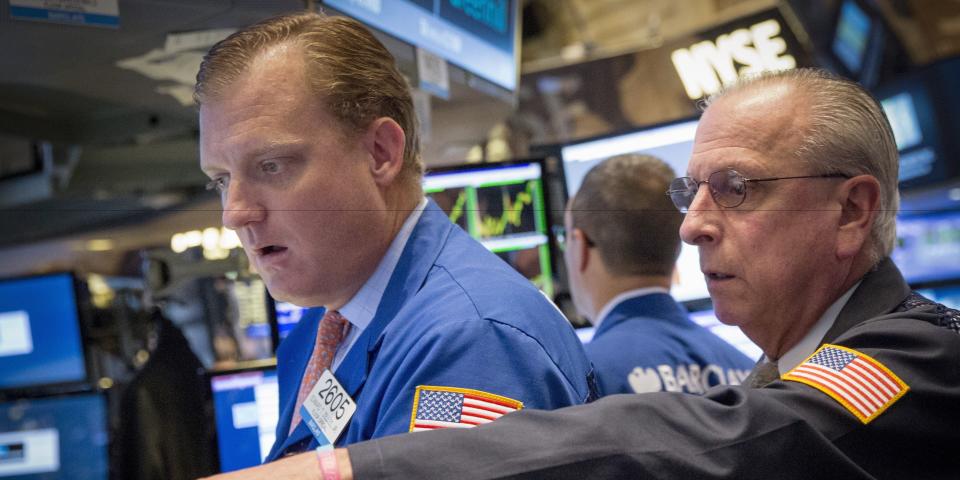The landscape for stocks looks similar to 2006, Morgan Stanley’s Mike Wilson said in a note.
That’s because markets are expecting a rate cut as the business cycle slows.
Investors hoping for 1984-style stock gains are likely to be disappointed, Wilson warned.
The stock market is following the same playbook it did 17 years ago – and investors hoping that Fed rate cuts will lead to another monster rally in stocks may be slightly disappointed, according to Morgan Stanley’s investment chief Mike Wilson.
Wilson pointed to the strong bounce-back in stocks so far this year, with the S&P 500 up 19% since the start of 2023. The benchmark index just finished off November with its best performance of the year in a sign investors are growing bullish on the prospect of rate cuts from the Federal Reserve.
But investors could be getting their hopes up, since markets are anticipating rate cuts in the late-stage of the business cycle, a time when growth tends to slow down and the economy risks tipping into a recession. That could set stocks up for smaller-than-expected returns as the Fed cuts interest rates. This dynamic was on display in 2006 and later in 2018, when late-cycle cuts in both years led to about a 14% return in stocks over the next 12 months.
Those gains are light compared to early- to mid-cycle rate cuts, which have traditionally led to larger returns. This was the case in 1984, when lower rates led stocks to surge 25% over the next year, and in 1994 when stocks returned 34% in the year following a rate cut.
“The 12 months following 2006 and 2018 offered attractive returns, but those return environments (late cycle) look modest when compared to the 1984 and 1994 instances,” Wilson said in a note on Monday.
“2023 has represented a late cycle period, in our view. This is why large cap quality has outperformed and why Friday’s rally in small caps and lower quality stocks is unlikely to be sustained in the intermediate term,” he later added.
Morgan Stanley strategists said they were open to changing their late-cycle thesis, but pointed to weakening conditions in the labor market, with the Conference Board’s Employment Trends Index moving lower over the past year. That’s inconsistent with mid-cycle years like 1984 and 1994, when the index saw a slight increase.
Wilson has been one of the most bearish forecasters on Wall Street this year, and has repeatedly warned that the gains in stocks are part of a bear market rally. That will lead stocks to stay relatively flat in 2024, Wilson predicted in his 2024 outlook — contrary to other banks, which are betting on the S&P 500 notching a new all-time-record.
Read the original article on Business Insider
Credit: Source link




